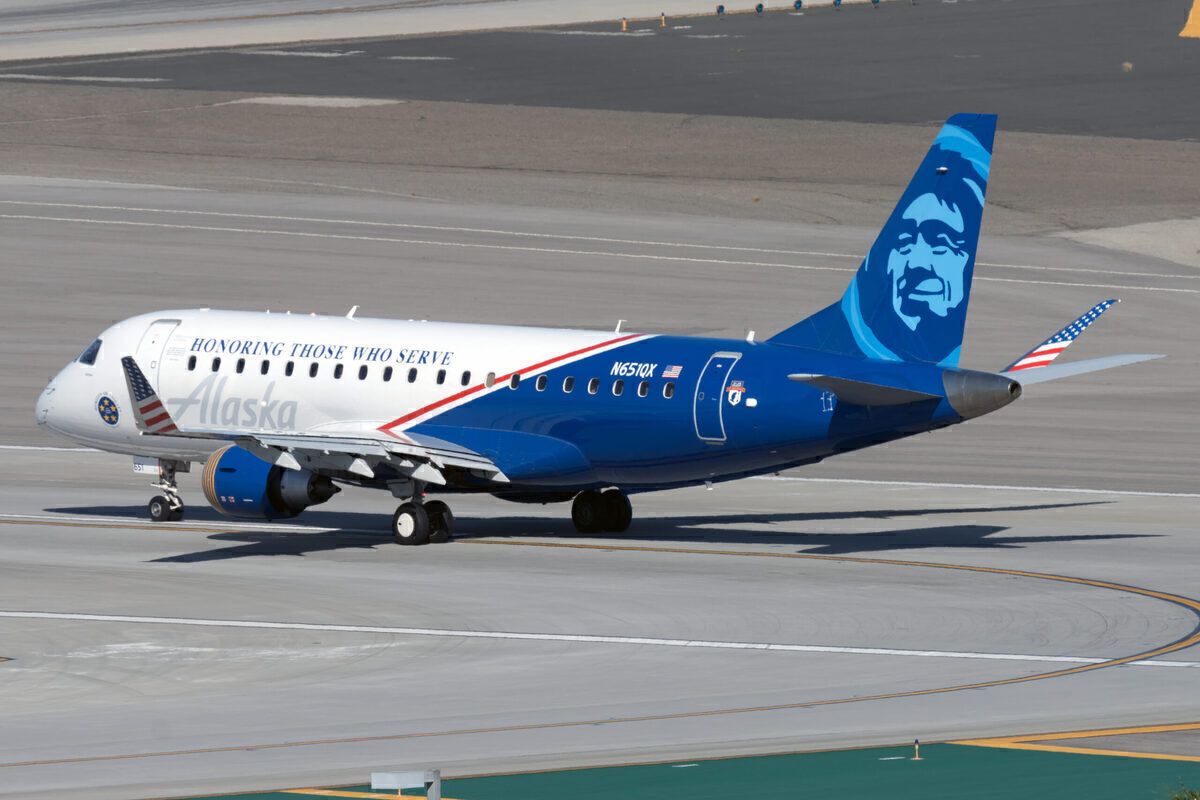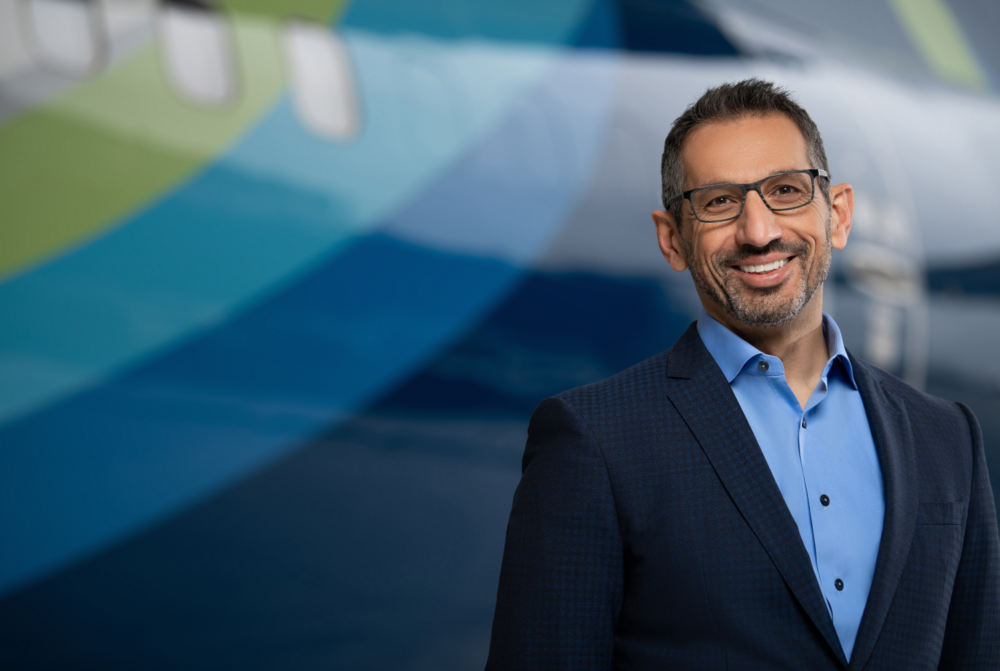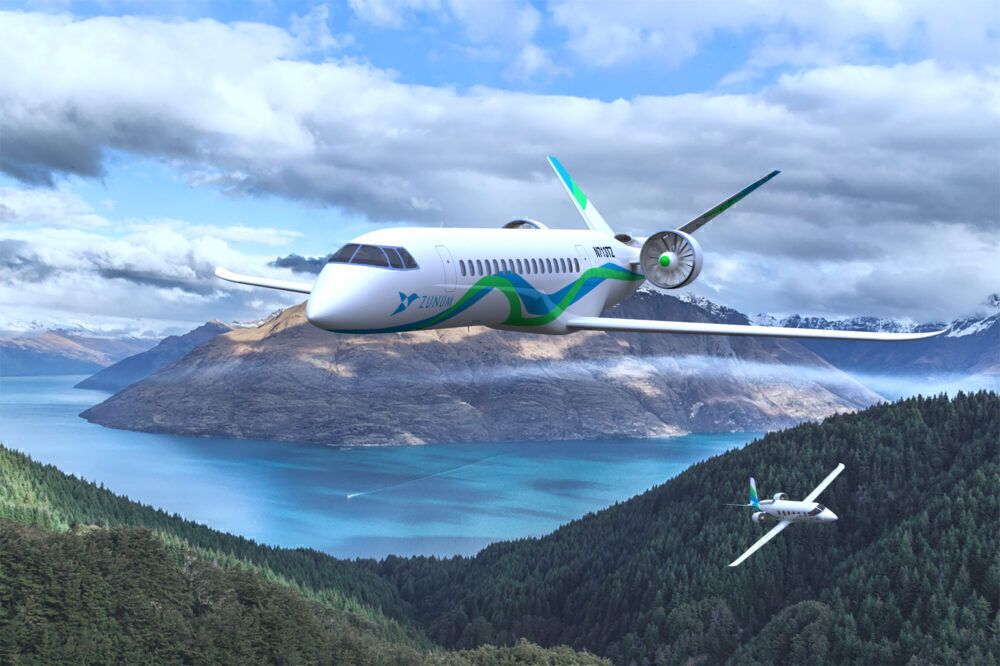Electric-powered aircraft may seem like a pipedream, but tech companies worldwide are pouring billions into developing them. And their use on a commercial basis may be closer than you think. At least, one prominent United States-based airline CEO thinks that.
Alaska Airlines keenly interested in eVTOL technology
Speaking at the US Chamber of Commerce Aviation Summit last week, Alaska Airlines' CEO Ben Minicucci says his airline is closely looking at eVTOL technology.
eVTOL stands for electric vertical take-off and landing - just like helicopters, except that your average helicopter isn't powered by electricity.
"It's going to come in more rapidly than we think," he said. "Probably in the next decade, we are going to see something, based on the research we have done.
"I think you'll see low passenger airplanes, maybe five to ten (passengers) at first, then moving bigger into the regional market. You'll see it (eVTOL) penetrate the regional market in the course of the next 10 to 20 years."
Analysts expect the eVTOL industry to be worth US$4.2 billion early next decade. Like most emerging industries, there is a lot of competitive jostling for attention and a breakout product. It's also proving a diverse industry. Much like the conventional aircraft industry, different companies focus on different eVTOL technologies that target distinct market segments (i.e., freight deliveries, emergency rescue flights, or point-to-point passenger travel).
Stay informed: Sign up for our daily and weekly aviation news digests.
eVTOL technology to help Alaksa Airlines meet its carbon reduction goals
Mr Minicucci thinks eVTOL technology will have a significant role to play at Alaska Airlines in the future. It will also play a key role in helping airlines achieve their carbon reduction goals. Alaska Airlines has reduced its greenhouse gas emissions by 16% since 2012. Alongside a consortium of other United States-based airlines, Alaska Airlines has a goal of net-zero carbon emissions by 2050.
"This is going to be an essential piece of that strategy - to get to net zero in 2040 or 2050. You cannot do it with sustainable fuels alone. You need technology, and I think this (eVTOL) is a huge enabler.
"We need to help these technology companies with investment and research, so they can really accelerate."
By their very definition, eVTOL aircraft aren't going to be rolling down the runway. Like helicopters, they take off and land from fixed positions. The first passenger eVTOL aircraft we'll see will probably be similar to aerial taxis - manned or unmanned drones whizzing a handful of passengers from city centers to airports, or perhaps close point-to-point travel.
It's a scenario Kevin Burke, North American CEO of Airports Council International is open to;
"We're an ever-evolving aviation ecosystem," he told the Aviation Summit. "eVTOL is a great example of its not there yet, but it will be. I'm all for it."
Some obstacles to rolling out eVTOL aircraft in the short-term
Mr Burke flagged two obstacles to rolling out eVTOL in the short term - airport infrastructure and government regulations will have to be updated to accommodate eVTOL flights. The other immediate obstacle is limited battery power that limits flight range and aircraft weight capacity. But significant resources are being poured into improving battery storage capacity.
Ben Minicucci thinks that once batteries are advanced enough to fly heavier aircraft further, conventional electric-powered aircraft will soon start rolling down the runway.
It's a fascinating scenario, and it's unusual to see such a high-profile airline CEO put such a short time frame on seeing eVTOL technology come into play.
What do you think? Do you agree with Ben Minicucci's assessment of commercially viable passenger eVTOL technologies within 10 years? Post a comment and let us know.



